What’s inside a data center?
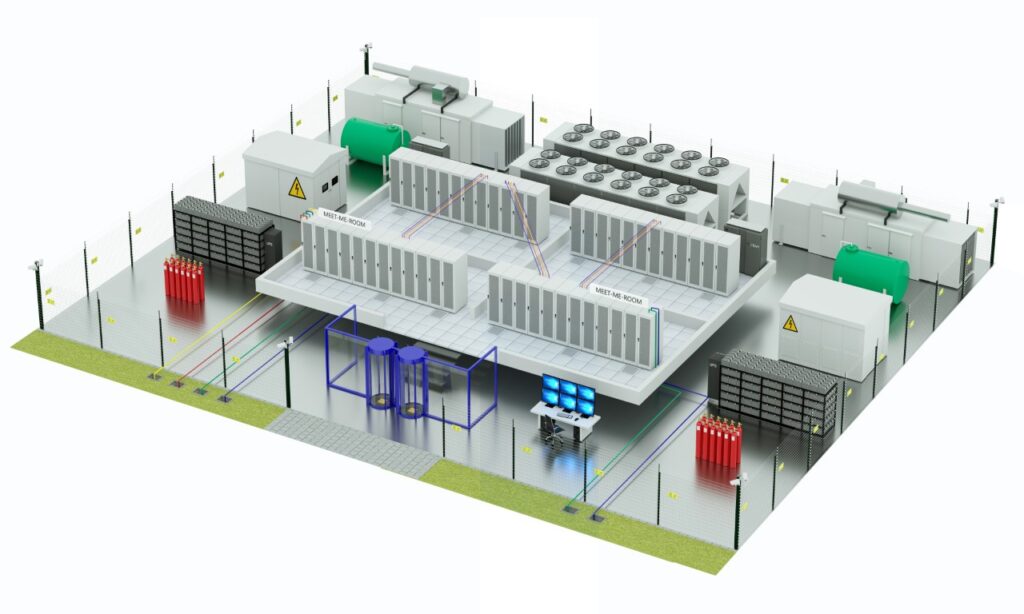
A data center is a building that houses servers and other related equipment to support our digital activities. Just as roads and bridges provide physical infrastructure, data centers provide the digital infrastructure upon which our modern, digital society is built. Inside, you will find rooms with racks filled with servers, but also everything that is needed to keep those servers working and keep them safe. Data centers are secured buildings with a clear purpose: to ensure that the servers can run 24/7, 365 days a year, without interruptions.
The image below shows you how a data center works, and the components that are necessary to keep it running smoothly. We are focusing on the infrastructure and processes of a specialized, external data center.
As you will see on the image, almost every element is included twice. To make sure that a data center is protected against all types of unforeseen circumstances, crucial parts of the system are duplicated, so two systems can operate independently from each other. This is called redundancy.
Click the numbers for more info.
What’s inside a data center?

Connectivity
Without connectivity, a data center is just a building with loads of IT equipment. Connectivity is essential for today’s digital society, which is supported by data centers. Thousands of fiber pairs will enter a data center through different paths, rather than all in the same place, so connectivity can be safeguarded.
Physical security
Physical security is a priority for data centers and involves strict access control. Because of the huge amounts of (sensitive) data stored, there are often different layers of security. The outside layer can exist of electrical fencing and gates so not everyone can access the premises. On the inside there are often keycard readers, cameras, biometric verification measures, etc.; every data center will choose their preferred measures to guarantee that no unauthorized personnel can enter the server rooms. Most data centers also have security guards in place 24/7, who can monitor and verify access and respond immediately to incidents.
Meet-me room (MMR)
The meet-me room (MMR) is a secure gathering place for all connectivity in the data center. In the MMR telecommunications carriers, service providers and organisations wishing to use their services are connected. From this room, a cross-connection is made between the various racks, cages or rooms of the customers in the data center. The presence of an MMR allows the exchange of data traffic without the need for external networks. The fact that everything stays inside the data center makes it much more efficient. A lot of data centers are carrier neutral, meaning that the client can choose from several carriers, and choose the one(s) that best supports their business.
Server room
A standard data center holds multiple – often hundreds or even thousands – of customers’ servers. These are usually placed in racks and cabinets, situated in server rooms.
A server room is not only secured, but their temperature and humidity are constantly regulated, to make sure the servers don’t get overheated or damaged. Servers are often interconnected through patching systems. Some customers might ask for a private client room, while others will opt for a shared (colocation) server space. But even in a shared space, every client’s server(s) will be secured so no unauthorized personnel can reach them.
Transformers
The main power feeds arrive from outside the data centers to the transformers, which supply power to UPS systems, which subsequently provide power to the data center. They convert high voltage or medium voltage to low voltage, which can be used in the data center.
Uninterruptable Power Supply (UPS)
A data center must be able to rely on having a constant power supply. Knowing that power outages are always a possibility, backup systems are put into place to eliminate the risk of an actual blackout. A UPS (or Uninterruptable Power Supply) is an electrical device that provides emergency electricity when the main source fails. In the event of a blackout, the UPS will switch to its batteries until the backup generators are started up and running. A UPS can usually supply power for at least half an hour, to bridge the time needed to switch from the main feed to the back-up feed.
Backup generators
In the event of a blackout, backup generators will become the source for electricity until the problem is resolved. These generators, typically fueled by diesel or natural gas, will activate automatically when they detect an interruption of power, to prevent any power loss. Since generators can take a short while to start running, a UPS (mentioned above) will ensure that there is power until the backup generators are running. All components of the power supply are duplicated, so if one fails, there is always another backup.
Cooling system
The servers and equipment inside a data center generate a lot of heat. To prevent overheating, data centers have extensive cooling systems in place to keep the temperature at a constant. These will regulate various parameters to make the flow of heat and cooling as efficient as possible. Intensive cooling consumes a lot of electricity, so data centers are constantly looking to improve their cooling systems and make them more energy efficient, and therefore more sustainable.
Fire detection and suppression systems
A data center must be designed to protect its equipment, data, and of course staff against fire hazards. Traditional fire extinguishers like water or extinguishing foam would do more harm than good in a data center, because they can damage the equipment. That is why an automatic fire suppression system is used, whereby an inert gas removes oxygen from the air and by doing so extinguishes the fire.
Network operations center (NOC)
In the NOC, critical processes and systems of the data center are constantly monitored. It serves as a command center, overseeing the performance, security and functionality of the infrastructure. The NOC is a vital part of maintaining continuous operations, scheduling timely maintenance, and addressing potential problems right away.
1) Connectivity
Without connectivity, a data center is just a building with loads of IT equipment. Connectivity is essential for today’s digital society, which is supported by data centers. Thousands of fiber pairs will enter a data center through different paths, rather than all in the same place, so connectivity can be safeguarded.
2) Physical security
Physical security is a priority for data centers and involves strict access control. Because of the huge amounts of (sensitive) data stored, there are often different layers of security. The outside layer can exist of electrical fencing and gates so not everyone can access the premises. On the inside there are often keycard readers, cameras, biometric verification measures, etc.; every data center will choose their preferred measures to guarantee that no unauthorized personnel can enter the server rooms. Most data centers also have security guards in place 24/7, who can monitor and verify access and respond immediately to incidents.
3) Meet-me room (MMR)
The meet-me room (MMR) is a secure gathering place for all connectivity in the data center. In the MMR telecommunications carriers, service providers and organisations wishing to use their services are connected. From this room, a cross-connection is made between the various racks, cages or rooms of the customers in the data center. The presence of an MMR allows the exchange of data traffic without the need for external networks. The fact that everything stays inside the data center makes it much more efficient. A lot of data centers are carrier neutral, meaning that the client can choose from several carriers, and choose the one(s) that best supports their business.
4) Server room
A standard data center holds multiple – often hundreds or even thousands – of customers’ servers. These are usually placed in racks and cabinets, situated in server rooms.
A server room is not only secured, but their temperature and humidity are constantly regulated, to make sure the servers don’t get overheated or damaged. Servers are often interconnected through patching systems. Some customers might ask for a private client room, while others will opt for a shared (colocation) server space. But even in a shared space, every client’s server(s) will be secured so no unauthorized personnel can reach them.
5) Transformers
The main power feeds arrive from outside the data centers to the transformers, which supply power to UPS systems, which subsequently provide power to the data center. They convert high voltage or medium voltage to low voltage, which can be used in the data center.
6) Uninterruptable Power Supply (UPS)
A data center must be able to rely on having a constant power supply. Knowing that power outages are always a possibility, backup systems are put into place to eliminate the risk of an actual blackout. A UPS (or Uninterruptable Power Supply) is an electrical device that provides emergency electricity when the main source fails. In the event of a blackout, the UPS will switch to its batteries until the backup generators are started up and running. A UPS can usually supply power for at least half an hour, to bridge the time needed to switch from the main feed to the back-up feed.
7) Backup generators
In the event of a blackout, backup generators will become the source for electricity until the problem is resolved. These generators, typically fueled by diesel or natural gas, will activate automatically when they detect an interruption of power, to prevent any power loss. Since generators can take a short while to start running, a UPS (mentioned above) will ensure that there is power until the backup generators are running. All components of the power supply are duplicated, so if one fails, there is always another backup.
8) Cooling system
The servers and equipment inside a data center generate a lot of heat. To prevent overheating, data centers have extensive cooling systems in place to keep the temperature at a constant. These will regulate various parameters to make the flow of heat and cooling as efficient as possible. Intensive cooling consumes a lot of electricity, so data centers are constantly looking to improve their cooling systems and make them more energy efficient, and therefore more sustainable.
9) Fire detection and suppression systems
A data center must be designed to protect its equipment, data, and of course staff against fire hazards. Traditional fire extinguishers like water or extinguishing foam would do more harm than good in a data center, because they can damage the equipment. That is why an automatic fire suppression system is used, whereby an inert gas removes oxygen from the air and by doing so extinguishes the fire.
10) Network operations center (NOC)
In the NOC, critical processes and systems of the data center are constantly monitored. It serves as a command center, overseeing the performance, security and functionality of the infrastructure. The NOC is a vital part of maintaining continuous operations, scheduling timely maintenance, and addressing potential problems right away.

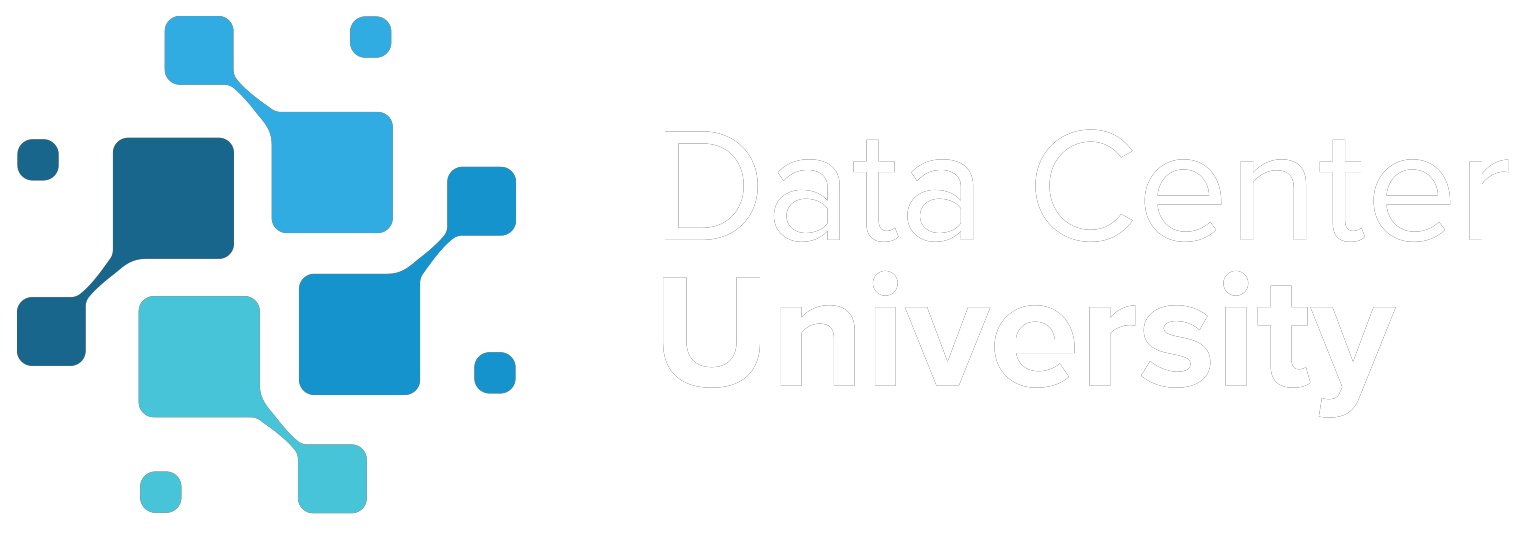
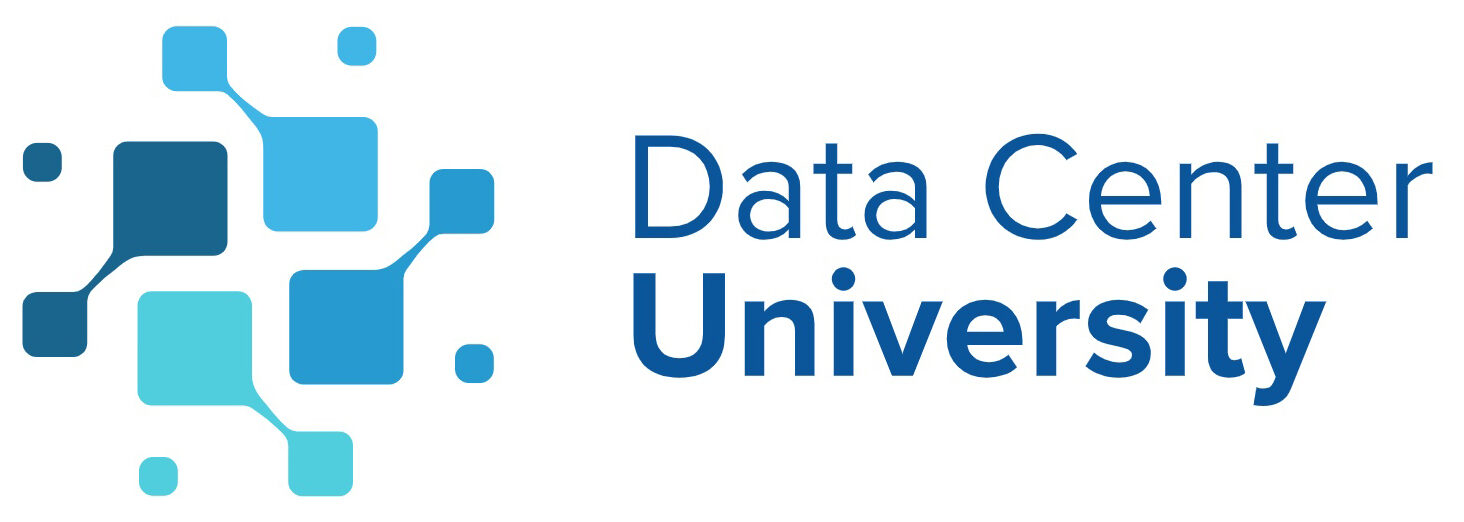
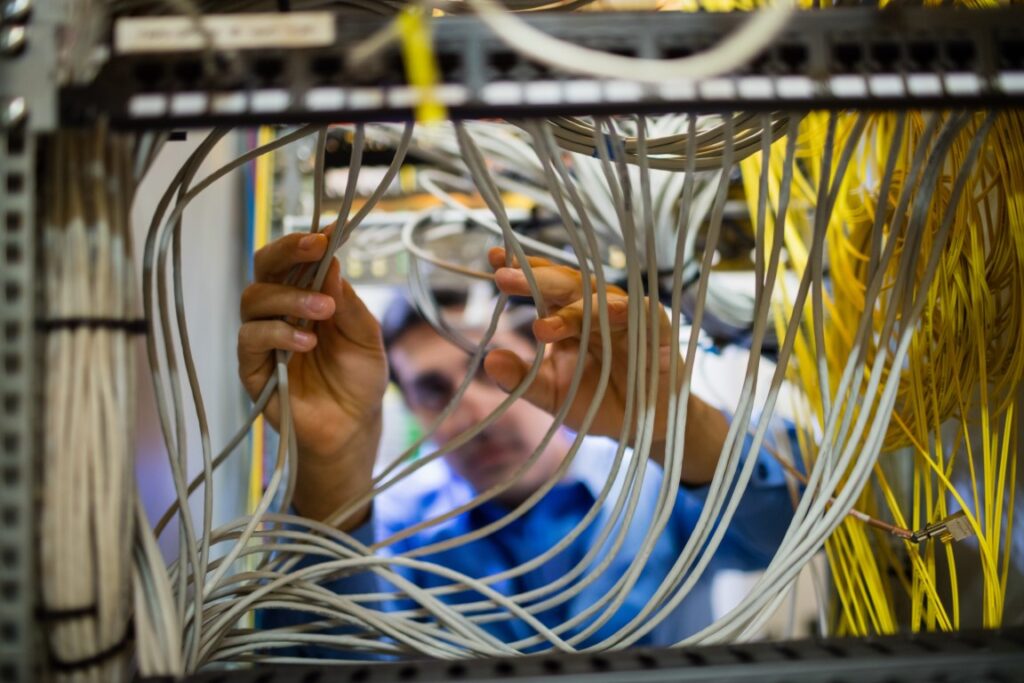
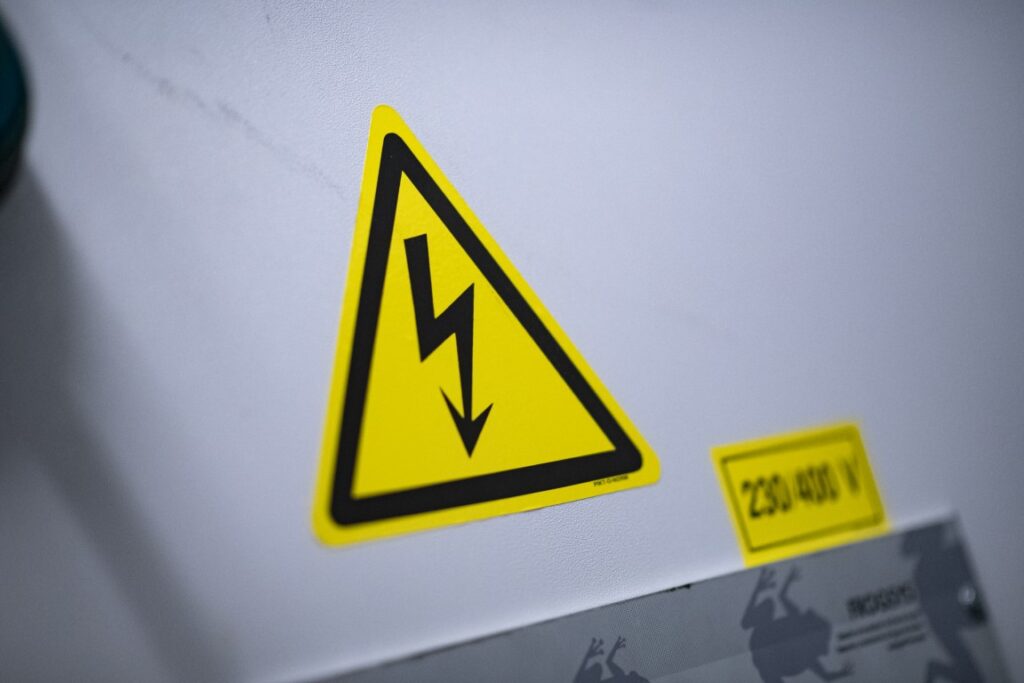
Responses